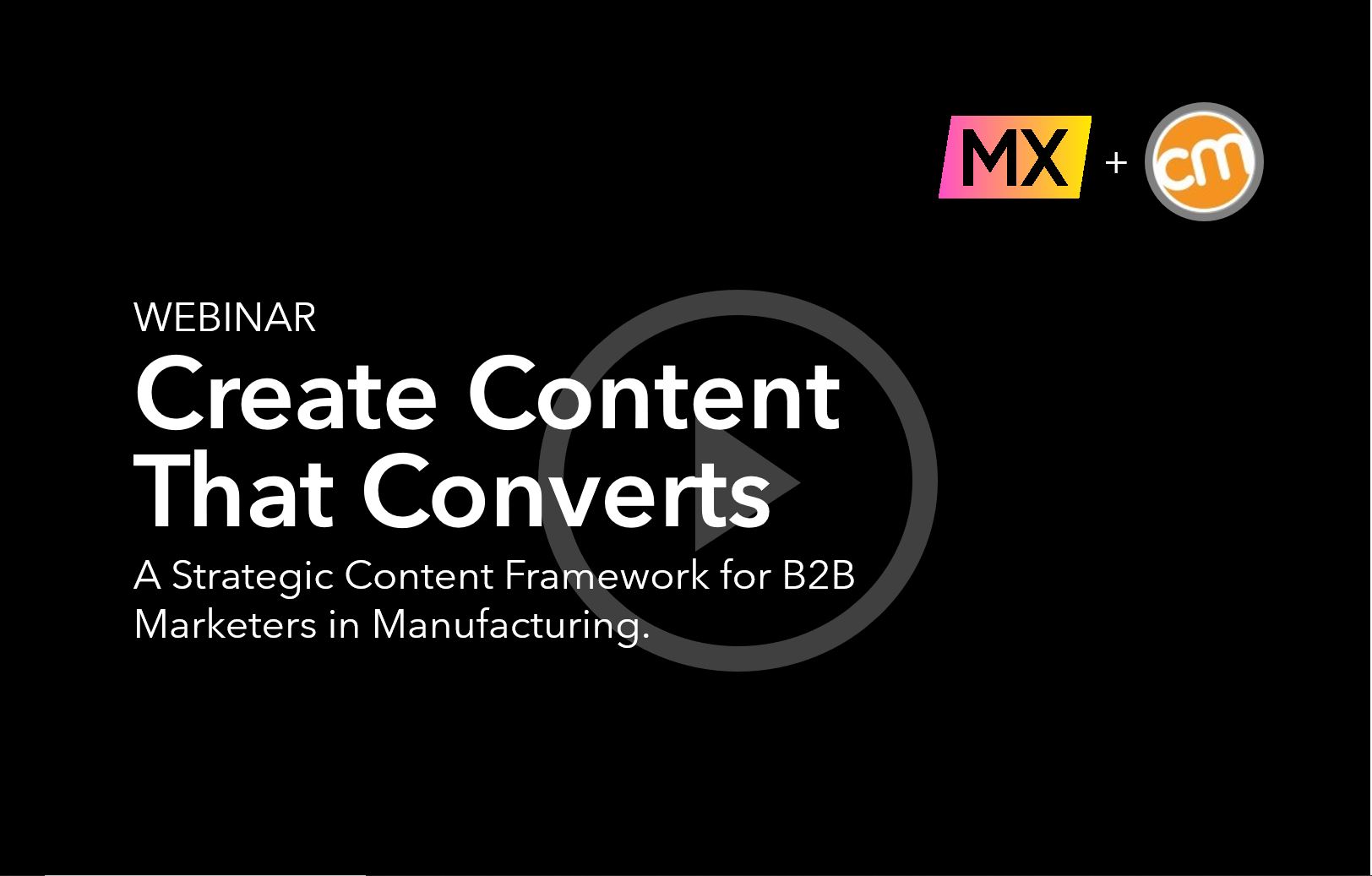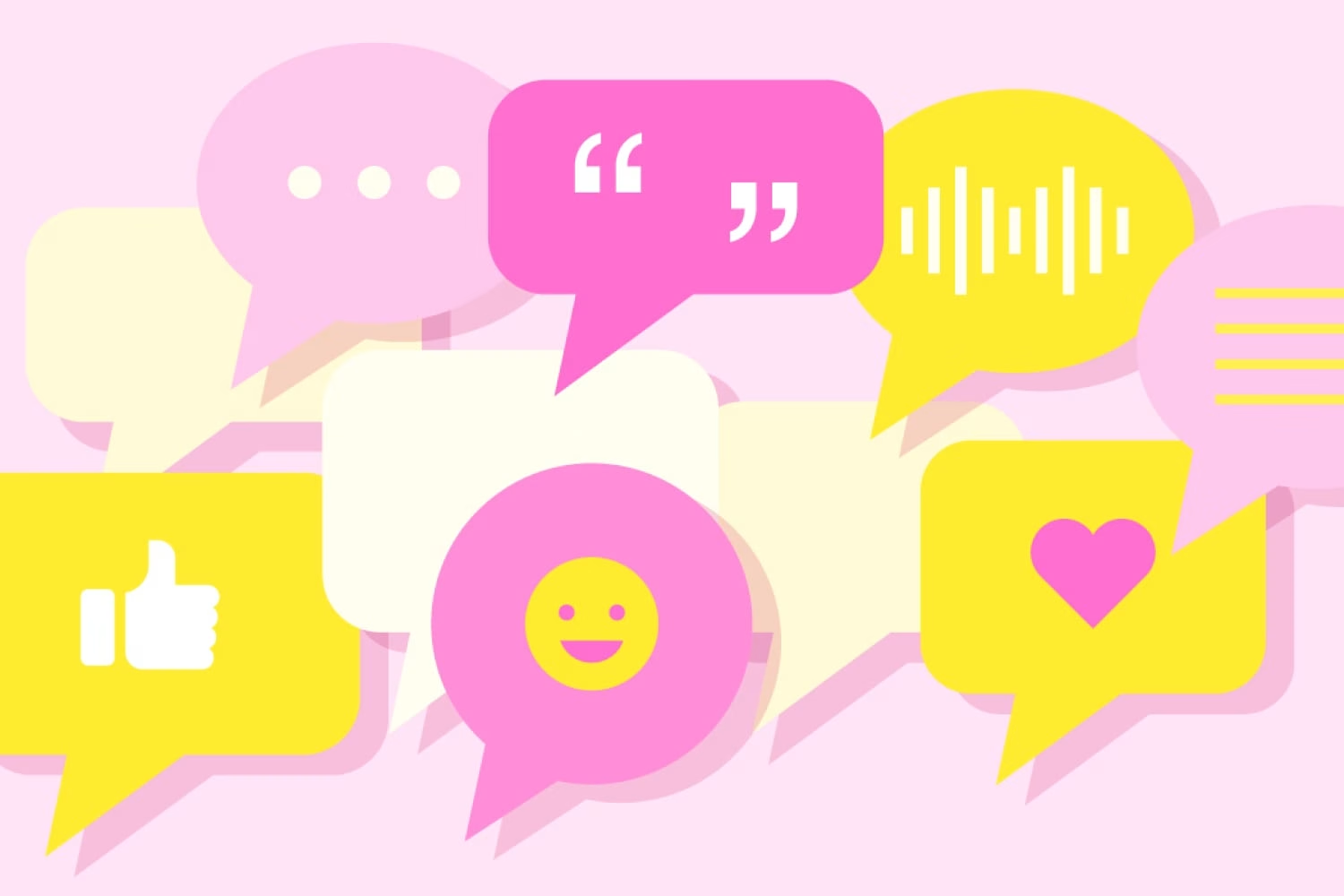The B2B Buyer Journey: Create Content That Guides Your Audience From Pain Point to Purchase

Share this story
Create content with ease that moves prospects through the B2B buyers journey.
If you’re a B2B marketer you probably wish your prospects followed a simple predictable path toward buying your product or service.
That would make content planning and distribution much easier.
However today’s B2B buyer journey is complex with multiple channels, varying pain points, different timelines and intricate corporate decision-making processes. Case in point: B2B buyers use an average of 10 interaction channels during their buying journey, according to McKinsey’s B2B Pulse 2024.
While the B2B buyer journey isn’t always linear or straightforward the three-stage buyer’s journey model helps marketers create content that supports prospects from the moment they identify a problem to when they make a purchase and beyond.
What Is the B2B Buyer Journey?
The buyer journey outlines how a potential customer recognizes a need, researches solutions and ultimately decides on a purchase. The journey model is flexible enough to apply to various sectors’ budgets and channels, yet precise enough to help you plan effective content strategies.
The Three Stages of the Buyer’s Journey
- Awareness: A prospect recognizes a problem.
- Consideration: They explore and evaluate potential solutions.
- Decision: They purchase the best perceived solution to meet their needs.
Savvy marketers tailor content for each stage meeting prospects exactly where they are in their buying journey.
1. The Awareness Stage: Addressing Your Audience’s Pain Points
At this stage your potential customer realizes there’s a challenge impacting their business. Your goal is to highlight that your company provides the right solution.
For example, if you sell performance management and employee recognition software to HR leaders their pain points might include:
- Fragmented company culture across multiple offices
- Cumbersome HR systems requiring excessive training
- Declining employee morale
- Difficulty attracting top-tier talent in a competitive market
- Inconsistent performance evaluations across teams
Each of these pain points offers a foundation for creating valuable content optimized for local and industry-specific searches. Consider these content ideas:
- White paper: “The HR Leader’s Guide to Building a Unified Company Culture”
- Tip sheet: “7 Must-Have Features for Modern HR Platforms Serving Your Industry”
- Research report: “Beyond Perks: Why Employee Morale is Dropping in Companies Today”
- Blog post: “How Leading Employers Attract Top Talent (It’s Not Just About Money)”
- Contributed article: “Standardizing Performance Management in Organizations: 5 Proven Steps”
- Video series: “Culture in Practice: Real Stories of HR Transformation”
- Podcast Topic: “The Modern Workplace Blueprint”
This localized and industry-tailored content helps your editorial calendar focus on issues directly relevant to your audience.
2. The Consideration Stage: Showcasing Your Solution’s Value
Imagine a VP of Human Resources finds your blog post while researching HR software options. Now she’s in the consideration phase comparing your platform with competitors.
At this stage focus your content on:
- Features and Benefits: Clearly highlight product capabilities and how they solve local or industry-specific challenges. For example, “How Our Platform Helps HR Teams Reduce Admin Time by 30%.”
- Third-party Validation and Social Proof: Share customer testimonials, case studies and analyst reports featuring companies similar to your prospects.
- Free Trials and Demos: Make it easy for prospects to experience your software firsthand through demos or free trials.
Use location tags and GEO-specific keywords on landing pages to capture regional search traffic and boost engagement.
3. The Decision Stage: Easing Final Purchase Concerns
As prospects prepare to buy, they’ll want clarity on:
- Ease of Implementation: Provide guides videos and case studies about deploying your software in companies similar to theirs ideally local or regional examples.
- Ongoing Maintenance: Share user-friendly maintenance instructions tailored for your business environment.
- Pricing and Contract Terms: Be transparent about costs and terms with tools like an ROI calculator customized to reflect market conditions.
By addressing these concerns with content you build trust and help to remove purchase barriers.
Keep Supporting Customers Post-purchase
Closing the sale is just the beginning. The best B2B content strategies continue to support customers after purchase by:
- Sharing thought leadership videos tailored to your industry
- Sending tips and best practices for maximizing your solution’s ROI
- Alerting customers to product updates and new features relevant to their business context
Happy customers will become brand advocates and refer others in their network shortening future sales cycles and boosting your reputation.
Create Content That Converts: A Strategic Framework for B2B Marketers
Frequently Asked Questions (FAQ)
Q1: What is the B2B buyer journey and why is it important?
The B2B buyer journey is the process that a potential business customer goes through from recognizing a problem to purchasing a solution. Understanding this journey helps marketers create targeted content that meets prospects’ needs at every stage improving the chances of conversion.
Q2: What are the three stages of the B2B buyer journey?
The three stages are Awareness (recognizing a problem) Consideration (evaluating solutions) and Decision (selecting and purchasing the best option).
Q3: How can I create content for the awareness stage?
Focus on addressing your audience’s pain points and challenges with educational content like blog posts, white papers and research reports that explain the problems your solution solves.
Q4: What type of content works best in the consideration stage?
Content that highlights your product’s features and benefits, case studies and customer testimonials. Free trials or demos work well to help prospects compare and evaluate your solution.
Q5: How do I support prospects in the decision stage?
Provide detailed information about pricing implementation maintenance and ROI. Tools like ROI calculators and implementation guides help reduce buyer uncertainty and build trust.
Q6: Why is post-purchase content important?
Post-purchase content helps customers get the most value from your product, increases satisfaction and encourages word-of-mouth referrals, which can shorten future sales cycles.


